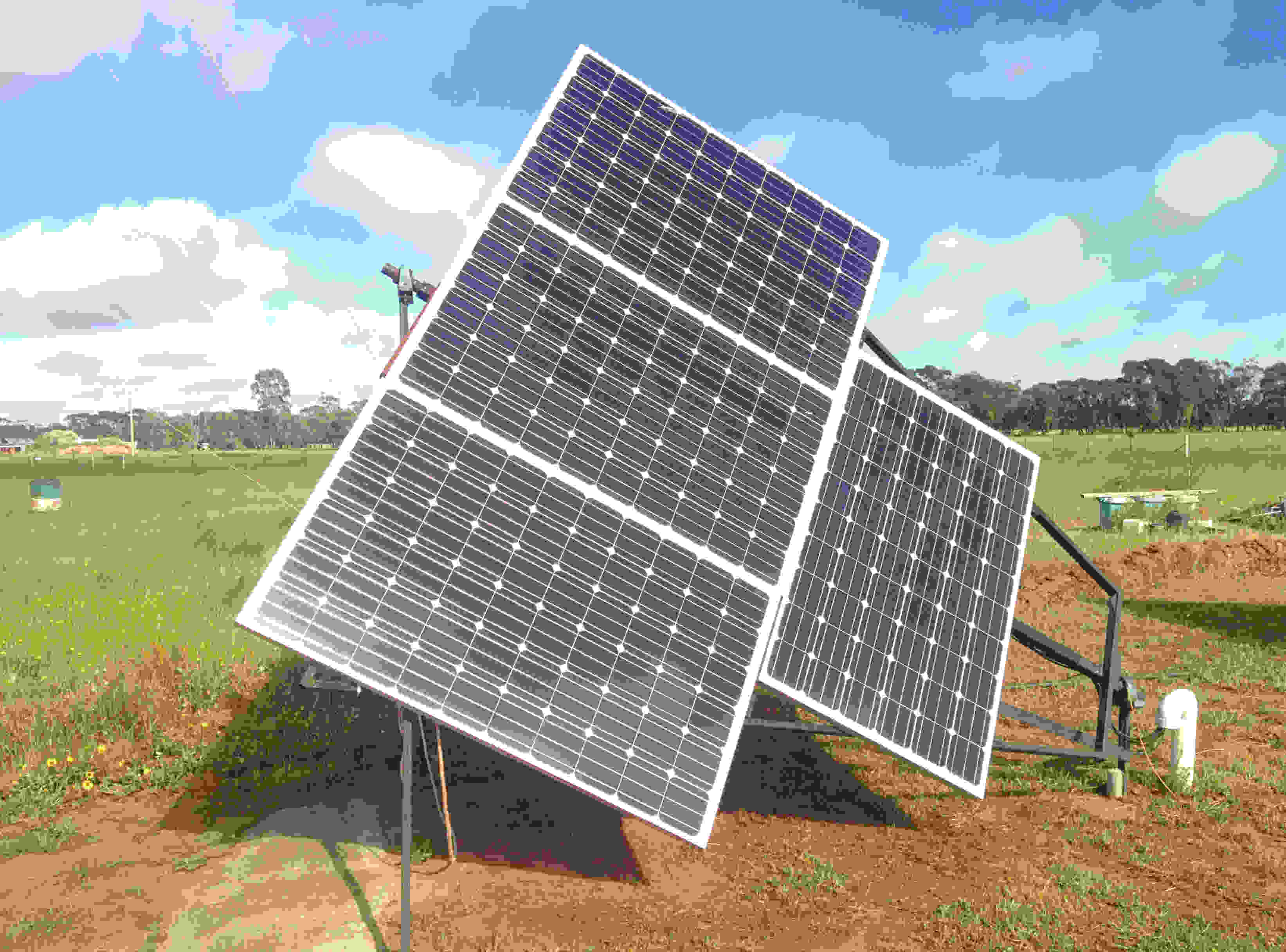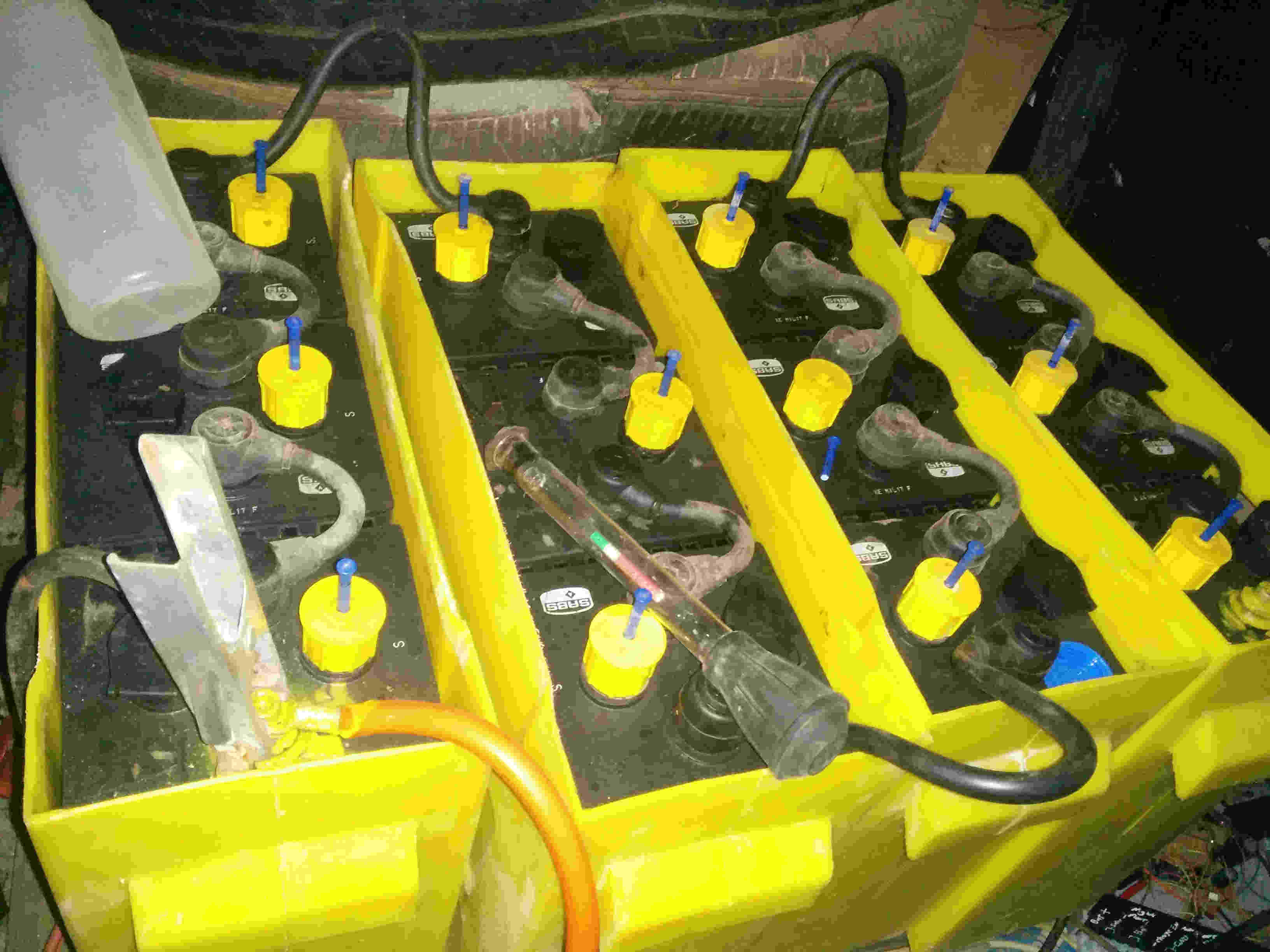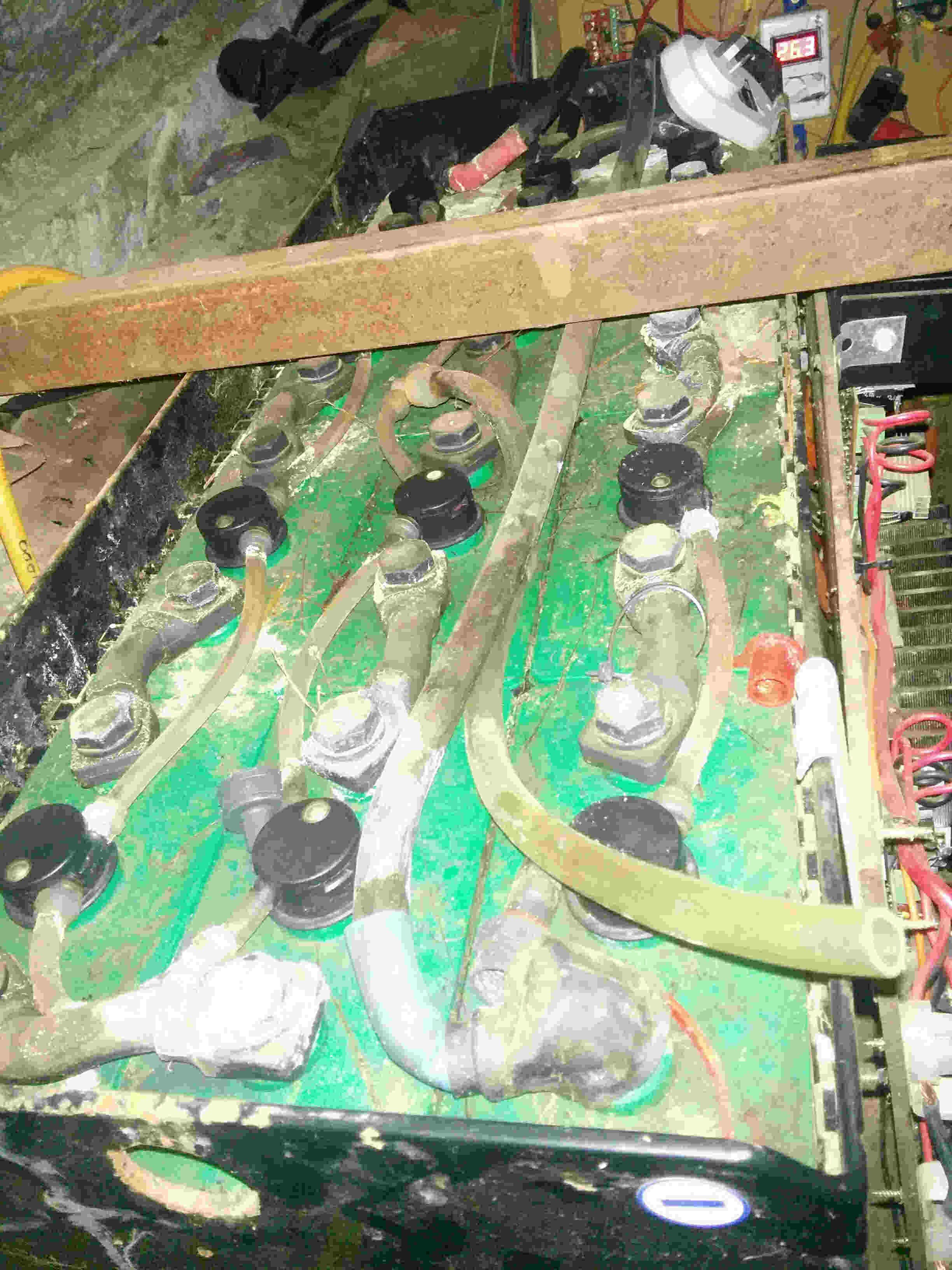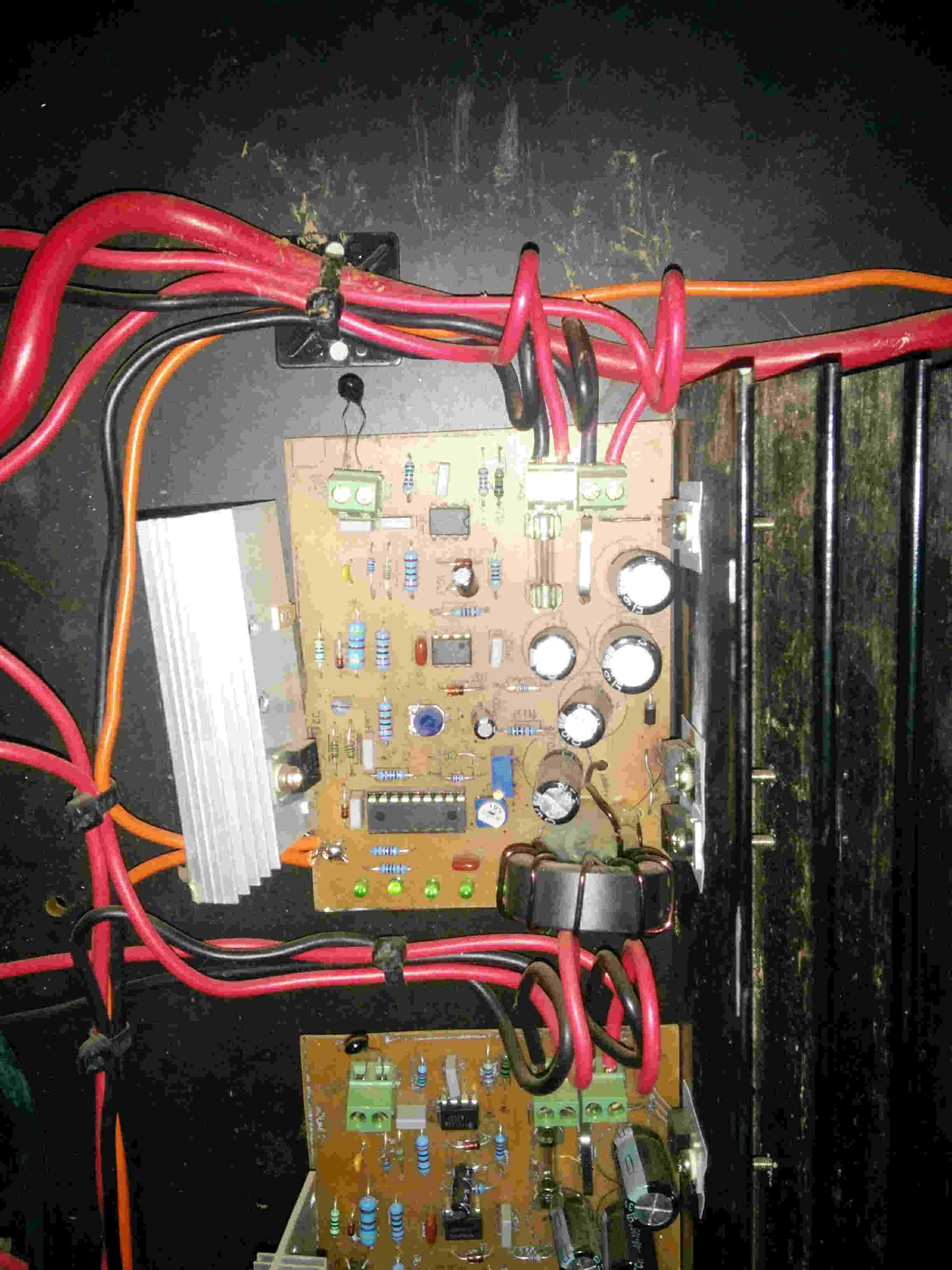Solar Panels
The solar panels are a main input source of power for our off-grid system. On this page I will outline some of the design factors involved with solar panels as used in off-grid systems.

RECs
The RECs scheme is a government scheme to encourage people to use renewable energy and provide a platform for buisness to be invovled. Basically large business need to purchase renewable energy certificates to meet their environmental targets. They purchase this off the REC market. Each year a list of solar products is released that states what manufacturer and model of panels are eligible to be on the scheme. An approved RECs installer can sign off on the installation. Anyone can claim the RECS on the market but the system must be installed by a accredited installer to do so.
My Approach
My outlook on this situation was that although I am not an accredited installer or an electrician, I do understand the principles and standards involved. If I paid an installer to do the work than as an Off-Grid system I would be looking at many thousands of dollars in labour. If I simply for-go the RECs and install the sytem abiding to Australia Standards and keeping it in the Extra Low Voltage Range I could do it myself legally.
Design Considerations
There is Australian Standards that cover the design of off-grid power generation systems. Anyone designing a system would do well to consider these.
The first consideration for the system design is the amount of power we are going to use. I purchased an energy monitor that clipped onto the wire in the meter box in the apartment we were living in and got some data over a few months. I found that in a very in-efficent apartment with little insulation and refrigerative air-conditioning we would use between 9kwH and 20kwH depending upon the season. This gave me a good guide for the power we would need.
The next step was to do some calculations on how much power we expected to use. I used a spreadsheet to calculate how many hours a day each appliance was going to be used and how much power it used. I also made a column to mark if it was essential (at night) or not.
By designing our house around the fact that we were living off-grid we could vastly reduce our heating and cooling costs. Our Stove is gas, our hot water is solar with gas boost. By doing this I estimated that our power usage each day would be around 6kwH.
Now that we had a design target, I could look up solar isolation charts and see that in West Wyalong the average sun hours is 6. So, a 1kW array could provide enough power to keep up. (6 x 1kw=6kwh) However, you need to factor in the ineffiencies of the system. Add 20% for panels, 20% for the inverter and 20% for batteries.. Now you are looking at 1.6Kw of panels. Next, take the fact that you need to charge even in shorter days of winter...
Another factor in the calculation of the solar system size is the size and type of battery storage used. If a lead-acid type battery is used then they require and equalisation charge current of at least 1/10th of the capacity. So, in my case a 1200AH battery will need at least 120A to equalise. So, at 30v this is 3.6kw. My current 2kw is a little undersized. I plan to add a seperate solar array feeding through a grid feed inverter to backward charge though my current inverter in the near future.
I decided to build a single axis tracker to increase my solar efficiency. This tracker is able to increase my output by about 15%. It is great as it actually means I am able to acheive a full charge right before sunset maximimising my battery storage capability. Currently I only operate it manually, but in the future I will sort out a mechanical drive system so the home automation system can take care of it.
Batteries

As already mentioned I have 1250Ah of lead acid batteries in service. At 24V this pack is slightly small for my requirements and I need to expand it in the near future.

Batteries are a large part of the off-grid power investment. The battery technology race is in full swing at the moment with many new technologies emerging. Some of these great technologies include:
- Flow Battries
- Lithium (LIfePO4) Battries
- Carbon Battries
- Salt Water Battries
- Edison Battries (old)
This list is not exhaustive and it seems every month a new technology has been discovered, however not many are in viable production yet. This is one ofthe reasons why I have choosen not to jump headlong into a particular battery technology yet. My existing battery is a second hand one that I purchased cheaply. It will only last a few years but by then hopefully a new battery technology will be in full production
Flow Battery
Flow batteries are a promising technology. They offer the concept that the capacity of the battery is only limited by the electrolyte tank size. The charge is stored in the electrolyte instead of on the plates. Currently there are several systems in production. Last time I sized one up the instantaneous current capacity was too low to provide for the demands a moderate sized house would draw.
Lithium Batteries
Lithium Battery technology has come a long way in the last decade. The chemical composition (LiFEPo4) as used in large prismatic cells now offers long life, high capacity and high storage capacity for a relatively low life-cycle cost. Lithium Batteries must be treated properly with a controller that carefully monitors each cell and can react if need be. This introduces exta complexity, but is generally considered well worth the effort. All new cell phones, electric cars and Tesla PowerWalls use this technology. At this point if I were to buy a battery it would be a lithium battery setup.
Carbon Batteries
The carbon battery has been reinvented. These new batteries are able to provide high current capacites, high storage capacities and ulra short recharge times. Unfortunately the price and availability is not good for them yet.
Salt Water Batteries
This type of battery is literally based on salt water and is a great technology for static power storage. The benefits are low cost, environmentally friendly and high DOD (depth of discharge). Once again a new technology that is a little hard to get but will hopefully takeoff in the next few years.
Edison Batteries
Now these batteries are not new, in fact they are very old. However I wanted to mention them as they are completely indestructable. This means they should last practically forever. You can discharge them right down without wrecking them. They are however very ineffecient. They also must be maintained. They are also getting a little difficult to procure.
Battery Design Sizing
Once a battery technology is chosen, then the design process proceeds along these lines. Firstly, knowing your daily use (6kwh for me), you need to multiply this by the number of days you would like to go without any power generation (autonomy). The Australian Standard says 3 days, however since I am going to put an auto-start generator on and have wind as well, I designed for only 1.5 days. The next thing is to consider the DOD vs lifespan of your battery technology. Choose an appropriate DOD and multiply this as well. Ie for lead acid I chose a DOD of 30%. This means that(6kw/24v) x1.5days/0.3=battery size in AH (1250aH @24v) So you can see my 1200Ah is a little under-cooked at the moment, but by careful use and generous alternative charging it is holding up ok. I will have to up-grade my batteries shortly. In reality, we are fully charged by about 10am and can use as much power as we want for the rest of the day on sunny days. On overcast days, we are careful with the power usage and don't do non-essential power hungry activities. If it is hot then the backup generator is used to provide power for the air-conditioner.
Charge Controllers

I have long since seen the benefits of MPPT based systems. Considering my background in electronics, I decided to build 10x jaycar kits for the 10A mppt controllers they designed. At the time there was a lot of confusion with lots of the chinese ones kicking about and I could see the Jaycar one as fair dinkum. It took some years for me to finish that project and at first I just chucked a bang bang contoller on the panels. Eventually I put the MPPT controllers on. I was dissapointed. I actually got about 10% less power than my bang-bang controller!
The reason why is that I never really factored in the copper loses into the calculation for the MPPT panel voltage. I was using 24v panels over about 20m copper cable @6mm^2. I thought this would be fine. It wasn't. It turns out that putting a single 250w panel at 24v through a MPPT is pointless. The real gain would be made if I string all my panels together to 100V or so and then use a MPPT to convert from 100v to 24v. Live and learn. That is something to replace sometime now. At the moment I am just living with the losses.